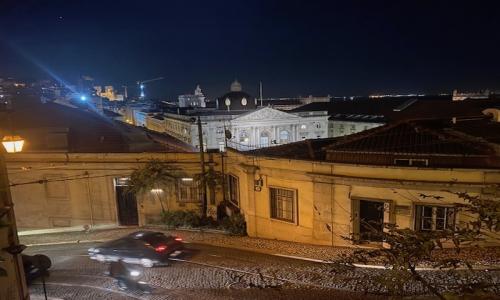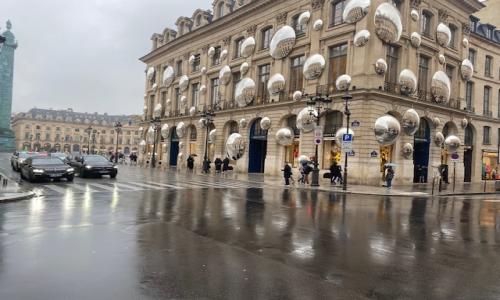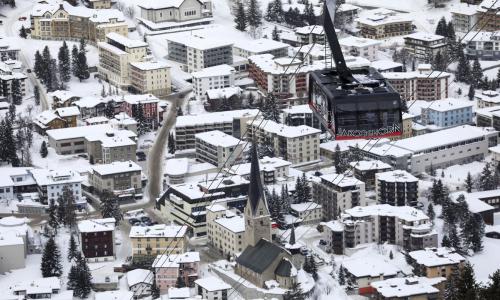The Fed is in a difficult situation as the self imposed deadline to halt its purchases of mortgage securities looms on March 31, 2010. These purchases of mortgage securities by the Fed are referred to as quantitative easing, which is creating cash and using it to buy mortgage securities.
The Fed’s balance sheet shows $2.255 trillion in assets owned as of 1/21/10. The Fed’s balance sheet is up a monstrous $1.4 trillion from the same period last year 1/21/09. The largest increase in its holdings came from mortgage backed securities (securities from Fannie Mae and Freddie Mac) which increased by $963 billion from the same period a year earlier.
The Fed has about $250 billion left in its scheduled $1.25 trillion of the mortgage bonds from Fannie and Freddie purchases it allocated back when it began its quantitative easing. That comes out to about $25 billion per week through 3/31/10 when the quantitative easing program is set to end.
The looming question is what will the Fed do next, how will they exit from the quantitative easing program. What will they do regarding all these mortgage purchases? Will the Fed halt its purchases of mortgage securities as scheduled? If they do, what will happen to the mortgage market (hint rates are going higher)? The Fed is currently an elephant in a tea shop, acting as the main purchaser in the market. If the Fed exits the market, how far will interest rates rise? Or, will it extend the amount it is allowed to purchase and the time limit as well? These questions will need to be addressed at the meeting this week or latest the meeting in 6 weeks. Let’s take a look two possible scenarios depending on how the Fed deals with the looming deadline to end the quantitative easing program.
If the Fed stops purchases of mortgages as scheduled on March 31, 2010 the mortgage market will loss the largest buyer in the market, the bid in the mortgage market will disappear overnight. Rates would go up in this case. Currently, the average 30 year fixed mortgage from Freddie Mac is 5%. My guess is the 30 year mortgage go up to 5.50-6% in short order. Maybe even 6% or higher, since do to the housing market and the economy buyers will demand that premium due to the risk inherent in the mortgage market? The housing market is in no condition to handle 6% mortgage rates, and raising rates could trigger another down leg in the housing market and spell trouble for the slowly recovering economy. In addition if the Fed increases the Fed funds rate to fight inflation pressures this would raise the prime rate and mortgage rates would rise even further.
Do to the ominous effects of abruptly ending the quantitative easing program; I think a more likely scenario is that the Fed will extend the quantitative easing program. In this scenario, the Fed decides that the economy is not strong enough for the Fed to stop purchasing mortgage securities, so it extends the time period by say 3 to 6 month period to help transition itself out of the mortgage market in an orderly manor to lessen the impact on the mortgage market. The Fed will also likely increase the amount of QE by $100-600 billion to cover that extra 3 to 6 months. The additional QE is simulative to the economy and potentially will create further inflation. Mortgage rates would likely stay low as long as the market believes inflation will remain tame. If the market ever got a feeling that inflation were coming back, then this strategy could backfire.
The Fed is backed into a corner and has to now find the best path out. Pull out of the mortgage market abruptly and send mortgage rates shooting higher causing the deflation of the housing market to continue in earnest, and possibly halt the tenuous economic recovery. If the Fed continues the QE they are creating inflationary pressures and driving up the











Add your Comment
or use your BestCashCow account